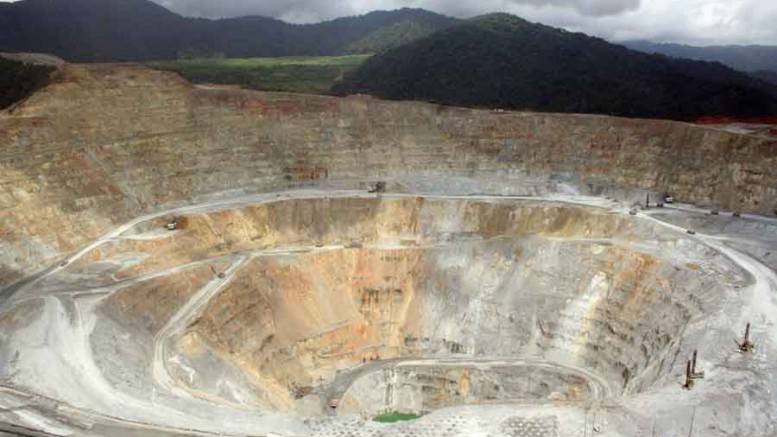Indonesia’s nickel ban has strongly influenced the market in early 2014, but how will this development affect the long-term outlook? The following commentary by London-based Roskill Information Services examines the impact of the Indonesian raw material export ban and how it may affect future supply and demand, and nickel prices.
Following months of uncertainty surrounding Indonesia’s export ban on raw-material exports, on Jan. 12 the country’s government defied cynics by implementing its controversial policy, with nickel and bauxite exports most affected.
Despite previous speculation that the Indonesian government would consent to transitional arrangements, only the two largest copper producers in the country — Freeport-McMoRan Copper & Gold and Newmont Mining — received any such relief. Owing to a parallel planned increase in the export tax on copper concentrates from 20–60% by the second half of 2016, even these companies will find their competitiveness sorely tested.
In the first week of trading following the ban, nickel prices rallied from US$13,680 per tonne to US$14,595 per tonne — a 6.7% increase. Given that Indonesia accounted for 17% of mined nickel in 2013, by Roskill estimates, this market response may best be described as “subdued,” with the price increase so far representing a mere blip in nickel’s long-term price charts.
Another increase appears likely, but could come in the form of a gradual climb as stockpiles are run down, with prices expected to increase to US$16,000 per tonne or beyond in 2014.
This increase will, however, depend on Indonesia’s evolving export policy, with Roskill seeing the ban as another step in an ongoing debate. Domestically, a legal challenge to the ban has been raised in Indonesia’s two highest courts, while early reports of layoffs and protests in response to the ban are likely to prove fertile ground for opposition candidates in the April 9 legislative and July 9 presidential elections. As Indonesia’s current president nears the end of his two terms in office, a change in political leadership is inevitable, and the succeeding government’s stance on the export ban remains impossible to predict.
International pressures could also change the policy. The Philippines is expected to be the main winner in the upheaval of the nickel market, with the country representing the only other large-scale source of lateritic ore. Volumes of nickel-ore exports from the Philippines are expected to increase, but the low-grade ore from the Philippines is ill-suited for use in China’s modern rotary-kiln electric furnaces. Using the ore could increase production costs by as much as 30%, rendering the process economically unattractive to new producers, even at prices as high as US$17,000 per tonne, although existing producers could maintain production to minimize losses and honour supply agreements.
On the flip side, China’s nickel pig iron and stainless steel industries are likely to emerge as the ban’s biggest losers, aside from Indonesia’s own treasury in the near-term. As such, the Chinese government could enter the political fray surrounding the nickel ban and try to exempt some of its companies through diplomatic back channels. Chinese–Indonesian relationships were normalized in 1990, and China has since grown to become Indonesia’s second-largest trading partner, behind Japan, with bilateral trade expected to reach US$80 billion by 2015. Chinese companies are also heavily invested in infrastructural development, and although it may wait to see the outcome of Indonesia’s presidential elections, Roskill expects that China may leverage its influence to secure the interests of its metal industries by securing more transitional arrangements.
Despite the effects of Indonesia’s nickel export ban, Roskill remains skeptical that a supply deficit will emerge before 2017–2018. Compared to other metal products, the price elasticity of nickel supply is relatively high, and any increase in nickel prices — particularly from the lows of 2013 — is expected to result in increased output. Based on estimated industry costs, for instance, an increase in nickel prices from US$14,000 per tonne to US$16,000 per tonne could restore profitability to 200,000 tonnes per year of nickel capacity, compounded by parallel price-related demand destruction.
— Roskill’s latest Nickel Market Outlook, published in January, provides a more in-depth analysis of the nickel market, its players and the impact of the export ban, and provides an overview of alternative scenarios for long-term price trends in nickel. Roskill forecasts a baseline price of US$18,000 per tonne for 2018, with considerable upwards potential if the nickel ban is maintained in its current form. Future modifications to Indonesia’s export policy remain a distinct possibility. This latest edition is available at www.roskill.com/nickel.


Be the first to comment on "Roskill: Indonesia’s nickel ban not set in stone"